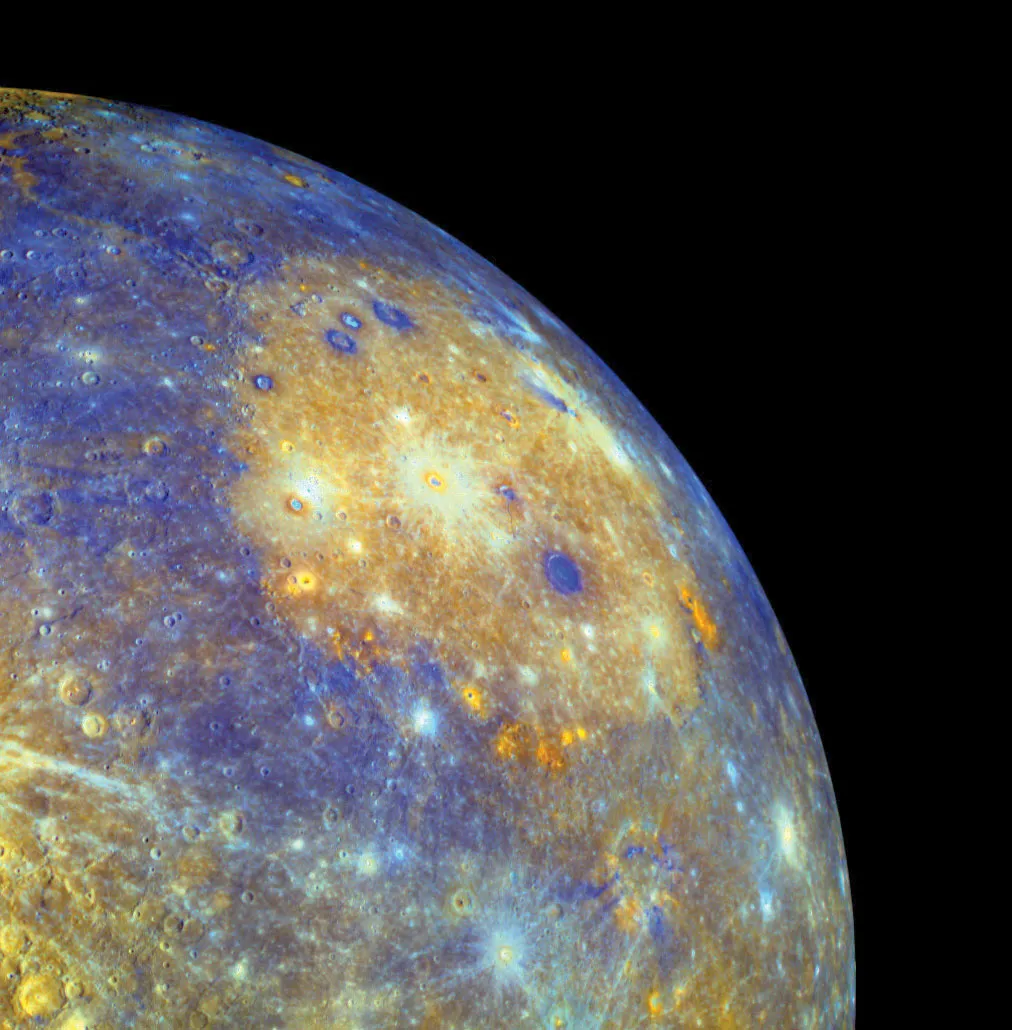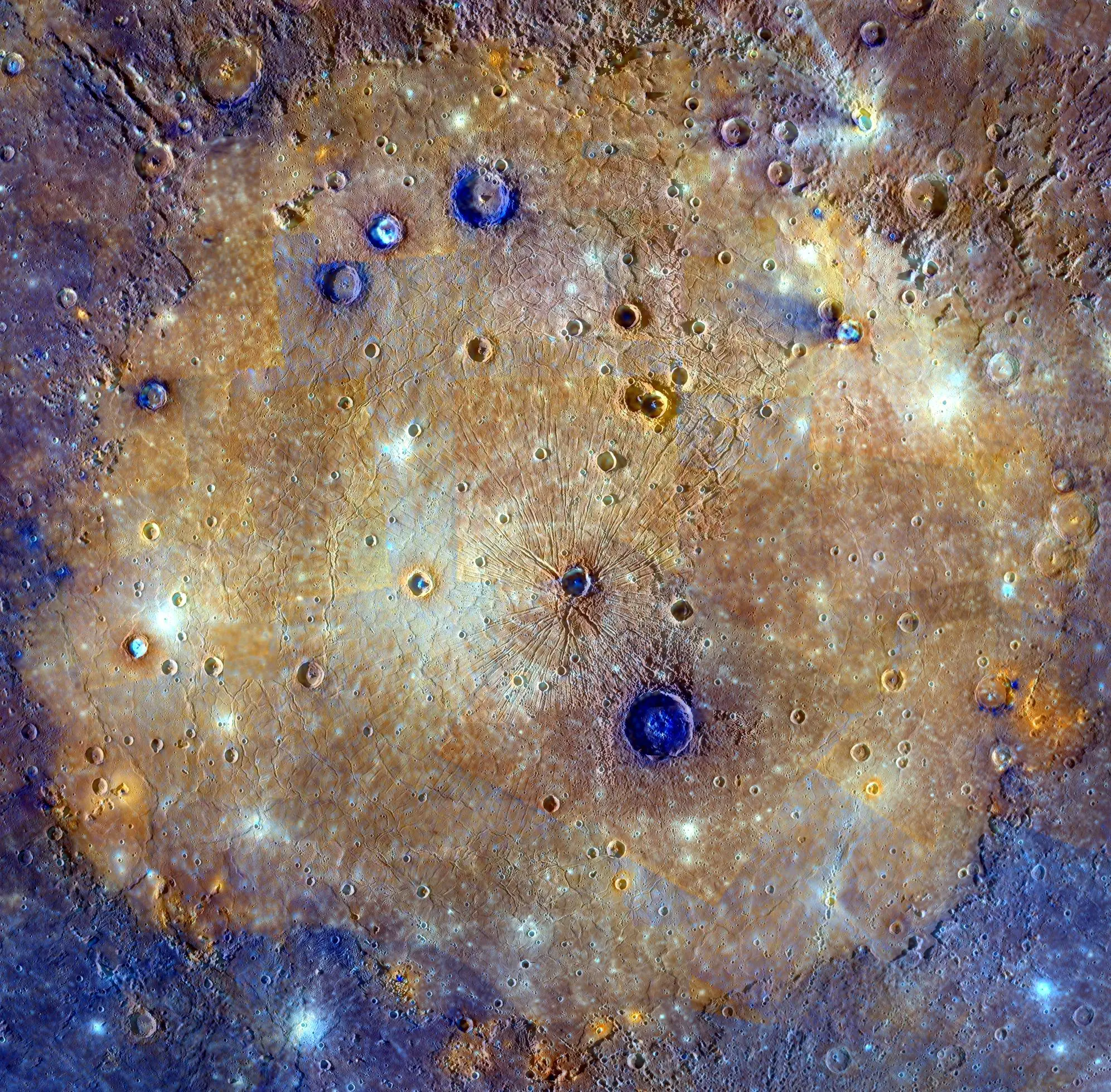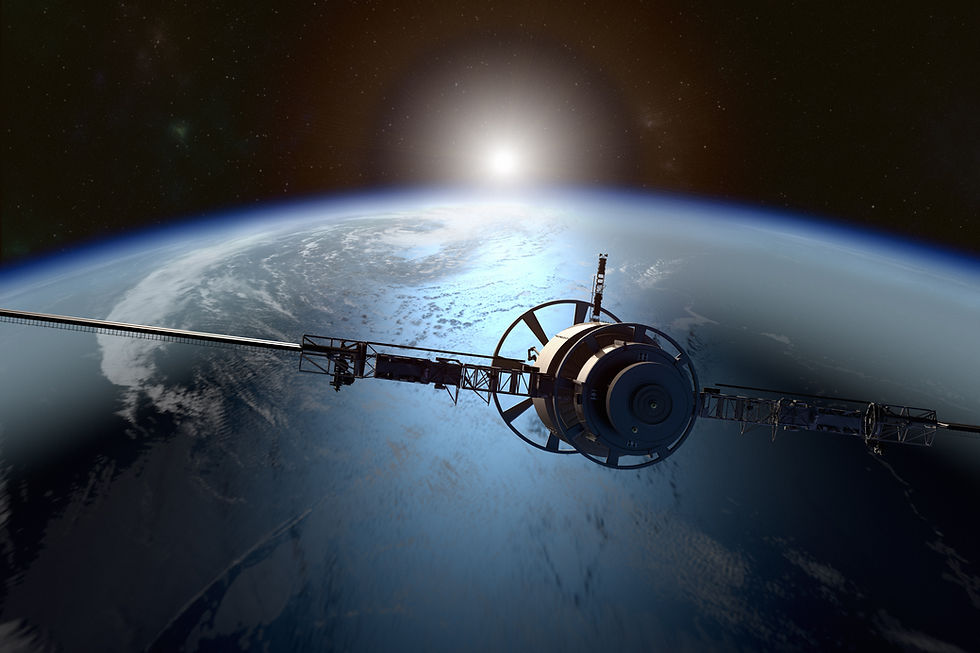Mercury: The Elusive Planet of Our Solar System
- Riyam Ojaimi

- Oct 11, 2024
- 4 min read
Mercury, the innermost planet of our solar system, often captures the imagination with its extremes and unique characteristics. Despite its proximity to the Sun, Mercury remains one of the least explored planets, revealing much about the early solar system and planetary formation. In this blog post, we will delve into Mercury’s physical properties, history, scientific significance, and the latest discoveries that contribute to our understanding of this fascinating world.
A Quick Overview
Distance from the Sun: Approximately 57.91 million kilometers (36 million miles)
Diameter: About 4,880 kilometers (3,032 miles)
Orbit: 88 Earth days
Rotation Period: 59 Earth days
Atmosphere: Extremely thin, composed mainly of oxygen, sodium, hydrogen, helium, and potassium
Surface Temperature: Ranges from -173°C (-280°F) at night to 427°C (800°F) during the day
Physical Characteristics
Mercury is a small, rocky planet with a surface that is heavily cratered and resembles that of Earth's Moon. Its diameter is only about 38% that of Earth, making it the smallest planet in our solar system. Despite its small size, Mercury has a significant iron core, accounting for about 75% of its radius. This large metallic core is responsible for Mercury's magnetic field, which is about 1% as strong as Earth's.
Mercury’s surface is a landscape of extremes, featuring craters, cliffs, and vast plains. Some of the most notable features include:
Caloris Basin: One of the largest impact craters in the solar system, measuring approximately 1,550 kilometers (960 miles) in diameter. The basin is surrounded by a ring of mountains and has been a focal point for scientific studies.
Scarps: These are cliffs formed by the planet's cooling and contracting. Some of these cliffs can reach heights of up to 3 kilometers (1.9 miles).
Maria: The smooth plains created by ancient volcanic activity, which are less cratered than other regions, indicate that Mercury has experienced geological processes similar to those on the Moon.
Orbital Dynamics
Mercury's orbit is unique among the planets. It follows an elliptical path around the Sun, with a year lasting only 88 Earth days. Interestingly, its rotational period is 59 Earth days, resulting in a slow rotation relative to its orbit. This peculiar relationship means that a day on Mercury (one complete rotation on its axis) lasts longer than a year (one complete orbit around the Sun).
A solar day on Mercury, which is the time it takes for the Sun to return to the same position in the sky, lasts about 176 Earth days. This means that during a Mercurian year, the planet experiences two sunrises and two sunsets. When viewed from the surface, the Sun rises slowly, then appears to stop, and finally sets again after a long wait.
Atmosphere & Temperature
Mercury has an incredibly thin atmosphere, consisting primarily of oxygen, sodium, hydrogen, helium, and potassium. Due to its proximity to the Sun and weak gravitational pull, this atmosphere is not stable. It cannot retain heat, resulting in extreme temperature fluctuations between day and night.
Mainly due to the planets' eccentricity, the temperature on Mercury varies drastically. During the day, the surface can reach temperatures of up to 427°C (800°F), while at night, it can plummet to -173°C (-280°F). This extreme temperature difference is also due to the lack of a substantial atmosphere to regulate heat.
Historical Context and Exploration
Mercury has fascinated astronomers for centuries. The ancient Greeks named the planet after Hermes, the messenger of the gods, while the Romans later associated it with their own messenger god. Its swift movement across the sky led to its association with speed and communication. The first recorded observations of Mercury date back to ancient Mesopotamia, where it was documented as a celestial body. Over the centuries, astronomers such as Galileo Galilei and Johannes Kepler contributed to our understanding of Mercury’s orbit and phases.
Space Missions
The first close-up images of Mercury were obtained by NASA's Mariner 10 mission in the 1970s. This spacecraft conducted three flybys, revealing Mercury's surface features and confirming its iron-rich core. More recently, the MESSENGER (MErcury Surface, Space ENvironment, GEochemistry, and Ranging) spacecraft orbited Mercury from 2011 to 2015, providing unprecedented data about its surface composition, geology, and magnetic field.

Key Discoveries
Water Ice: MESSENGER discovered water ice in permanently shadowed craters at Mercury's poles. These regions remain untouched by sunlight, allowing ice to persist in extreme conditions.
Volcanic Activity: Evidence of ancient volcanic activity suggests that Mercury was geologically active in its early history, shaping its surface features.
Current Research Initiatives
Mercury remains a target for future exploration and research. NASA's BepiColombo mission, launched in October 2018, aims to study Mercury in detail. A joint project between the European Space Agency (ESA) and JAXA (Japan Aerospace Exploration Agency), BepiColombo consists of two spacecraft that will gather data on Mercury’s surface, magnetosphere, and internal structure. Scheduled to arrive in 2025, this mission promises to provide new insights into the planet's geology and evolution.
While Mercury is often dismissed as inhospitable, the discovery of water ice in its permanently shadowed regions raises questions about potential past habitability. Studying these unique environments may yield insights into the conditions necessary for life and broaden our understanding of planetary habitability beyond the traditional parameters.
Yours truly,
Riyam Ojaimi







.png)
Yorumlar